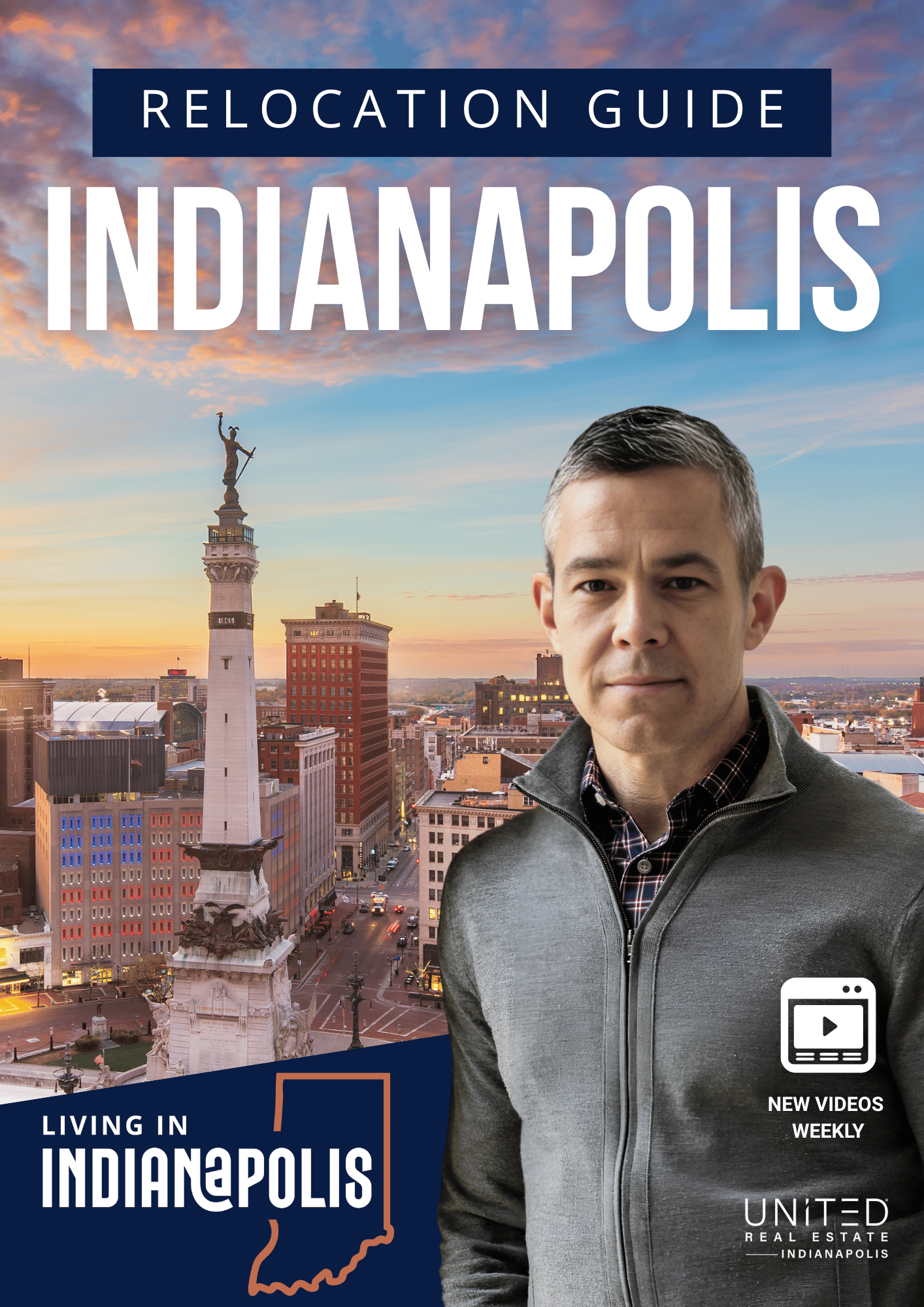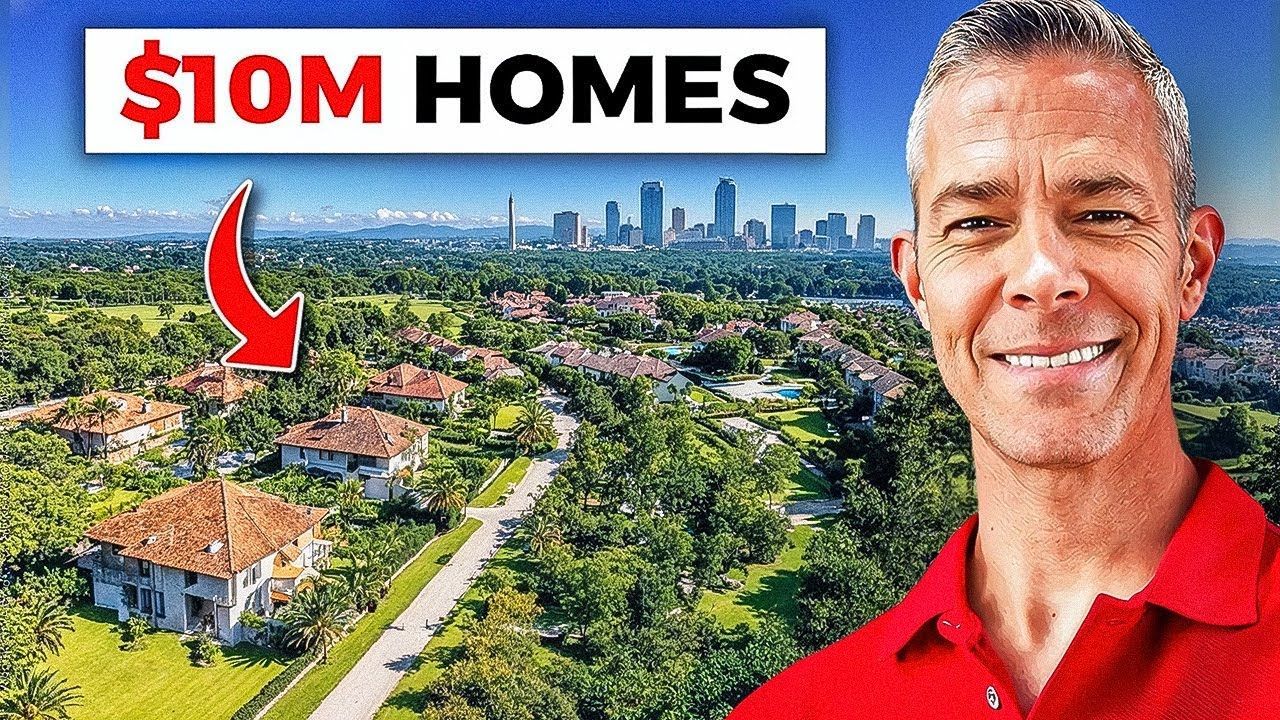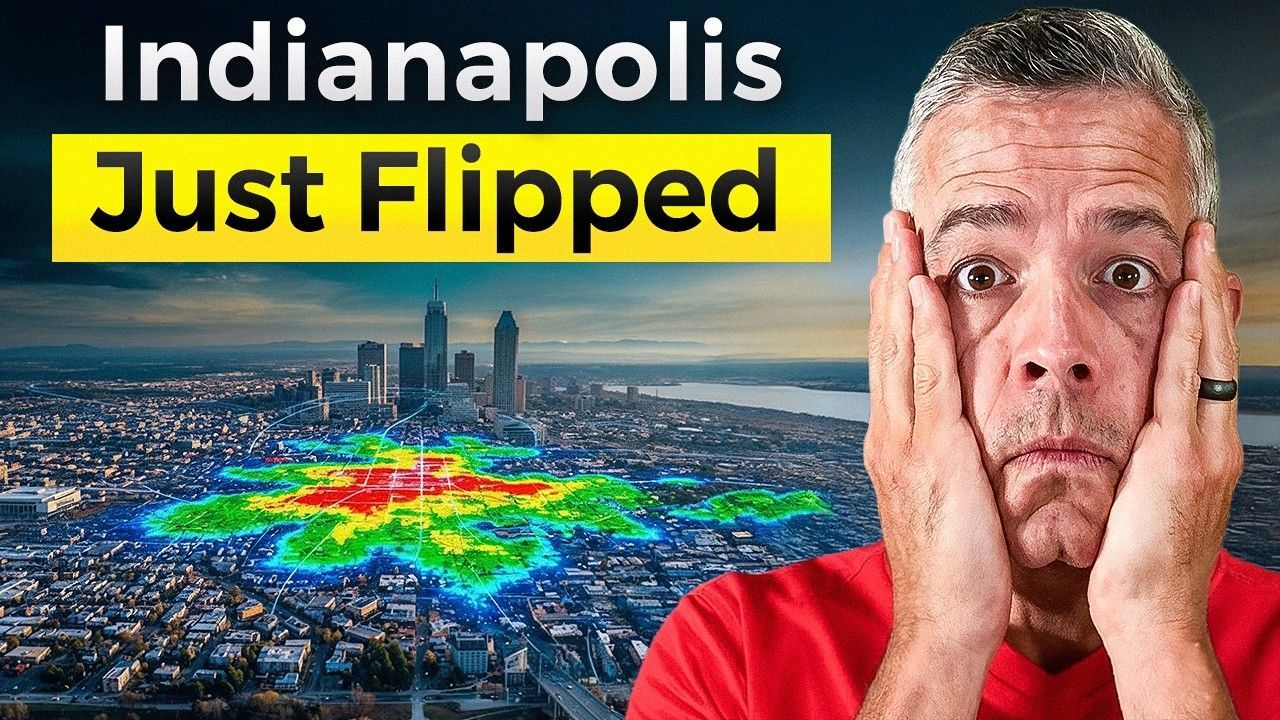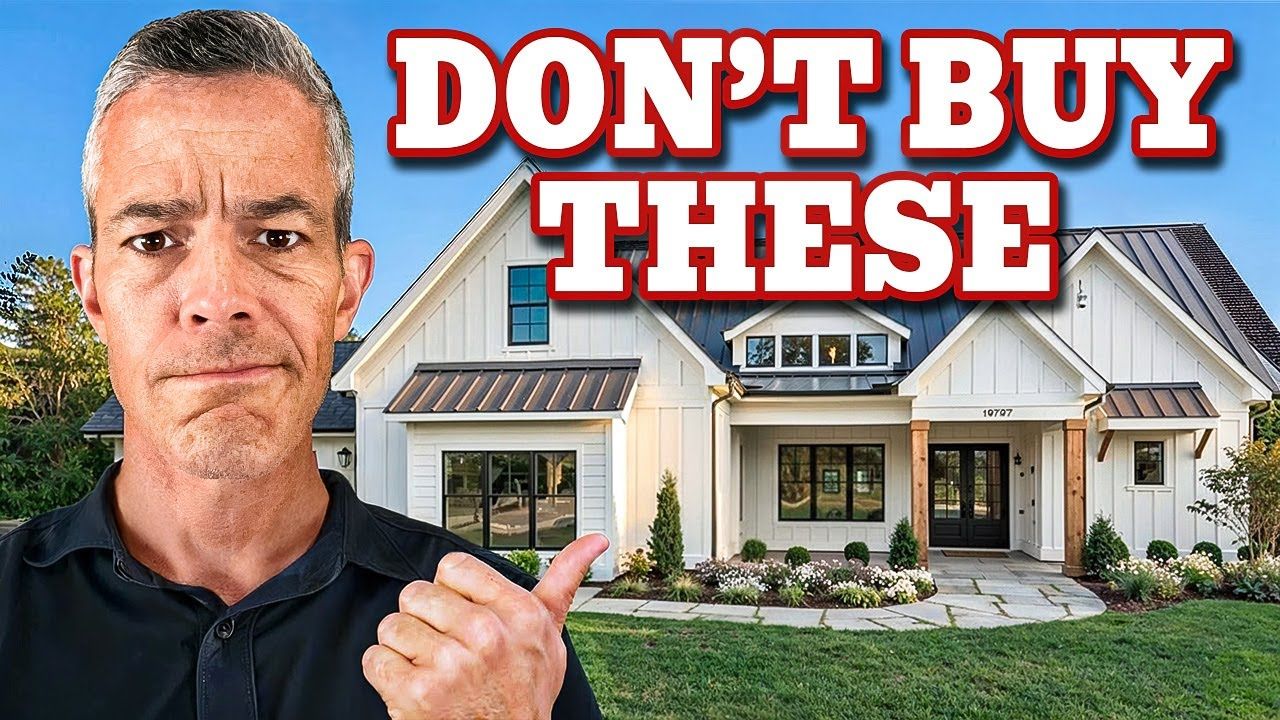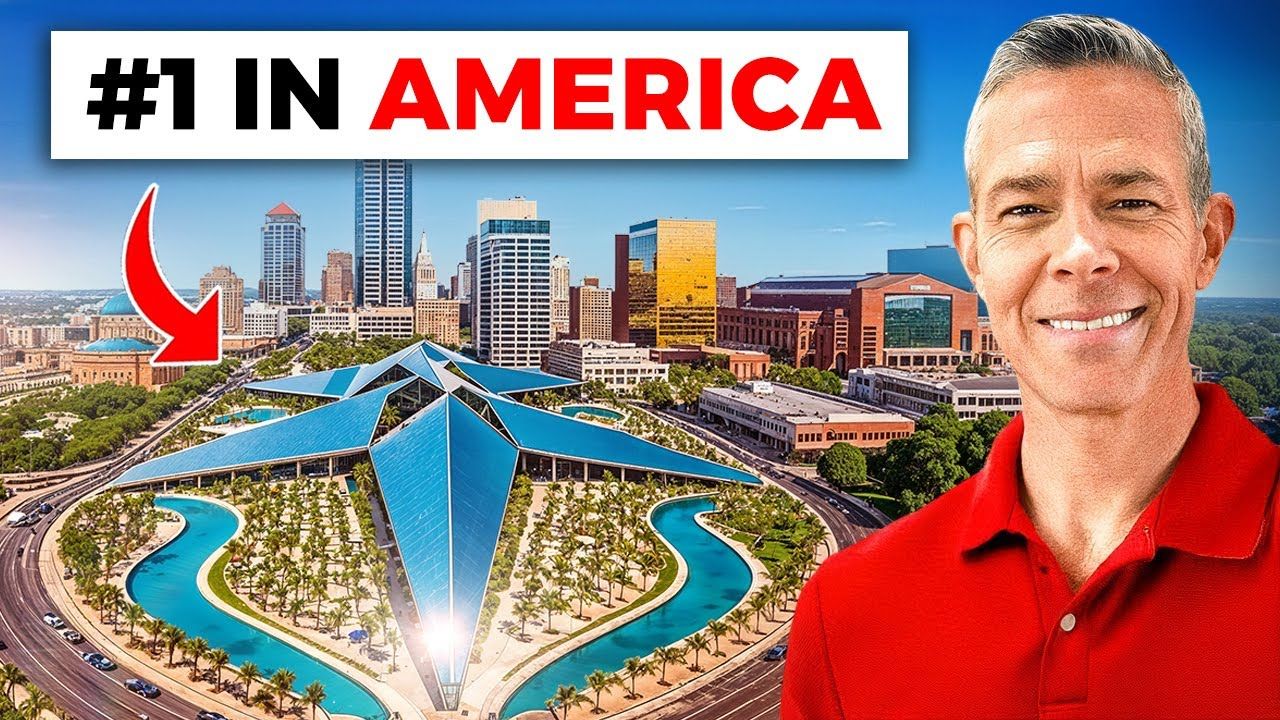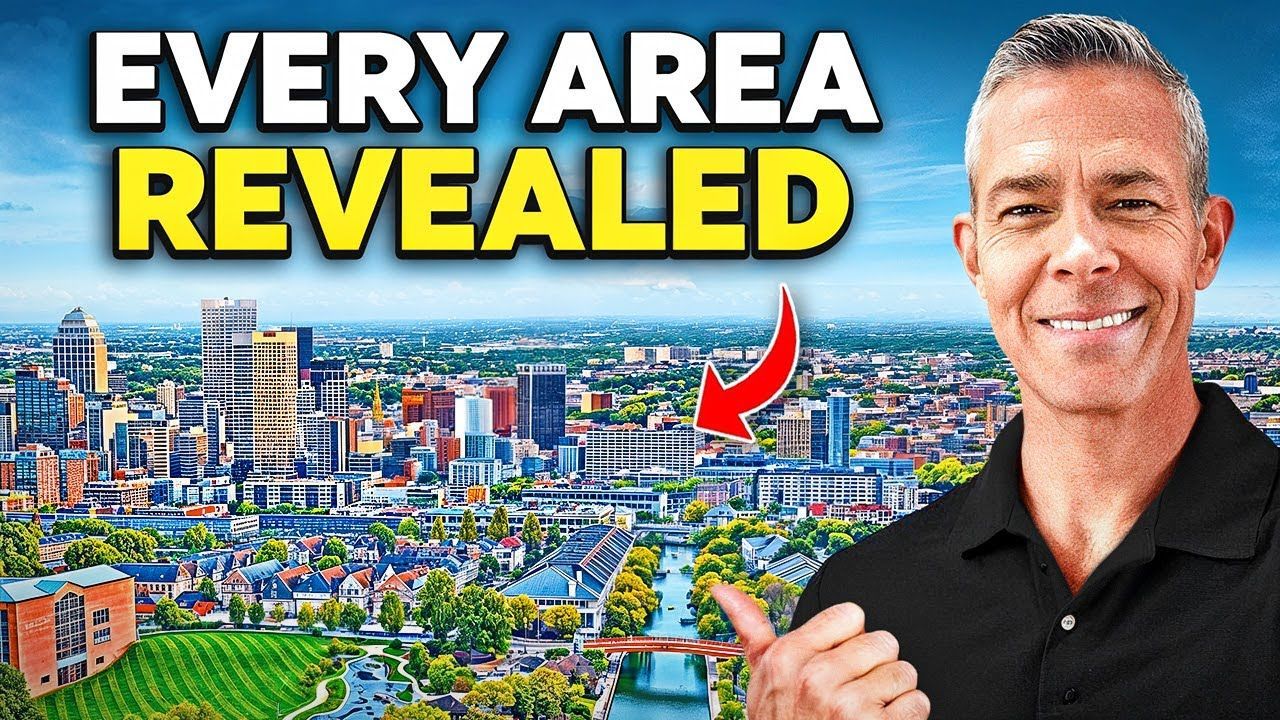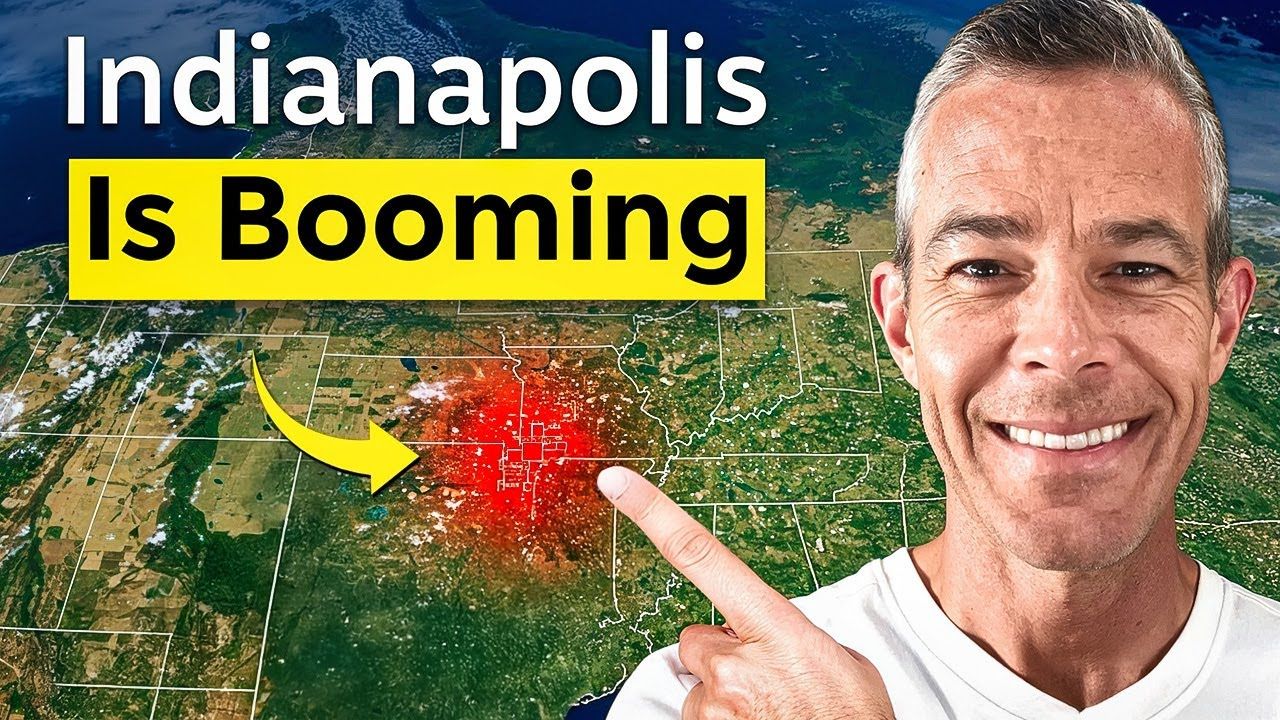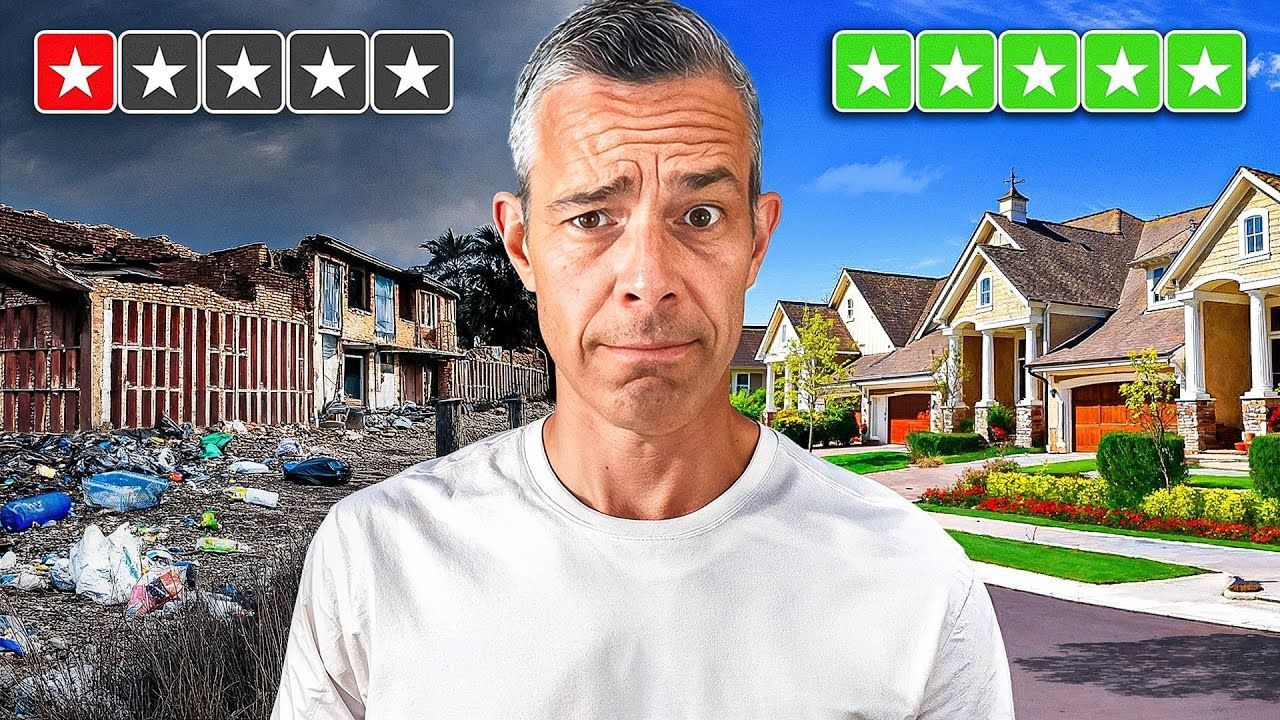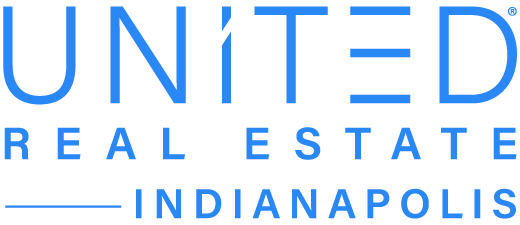You Won’t BELIEVE Where Indianapolis Homebuyers are Moving FROM and To
If you’re considering moving to Indianapolis, IN, you probably have a thousand questions: Where do newcomers come from? Which neighborhoods are they choosing? What trade-offs are people making between schools, commute time, and walkability? Hi, I’m Jason Compton from Living In Indianapolis, and in this deep-dive I’ll walk you through the real patterns I see every week working with buyers and sellers around the Indy metro. This article summarizes the most meaningful trends, neighborhoods, and lifestyle trade-offs that matter if you’re moving to Indianapolis, IN — whether you’re relocating from across town or across the country.
Table of Contents
- Where Buyers Are Coming From
- Where Buyers Are Moving To
- What Buyers Are Really Looking For
- Pain Points & Challenges
- How to Approach Your Move to Indianapolis, IN (Practical Checklist)
- Conclusion: Lifestyle Over Square Footage
- FAQs on Where Indianapolis Homebuyers are Moving FROM and To
Where buyers are coming from
One thing I tell people early and often is this: moving to Indianapolis, IN isn’t a one-size-fits-all decision. Buyers arrive with very different priorities depending on where they’re coming from. Statistically, the places producing the most relocations to Indianapolis include Lafayette, Washington DC, Houston, Los Angeles, San Francisco, New York, Seattle, Atlanta, Reno, and San Diego. These metros send a surprising mix of buyers — young professionals, families, retirees, and executives — each with different motivations for moving to Indianapolis, IN.
If you’re moving to Indianapolis, IN from a high-cost coastal metro like Seattle or San Francisco, affordability and space are often the top priorities. For tech and finance professionals used to median home prices near $700,000–$800,000, Indianapolis looks like value central: the citywide median sale price hovers well below the national average. That affordability is a huge draw for many who want a similar urban vibe without the same price tag.
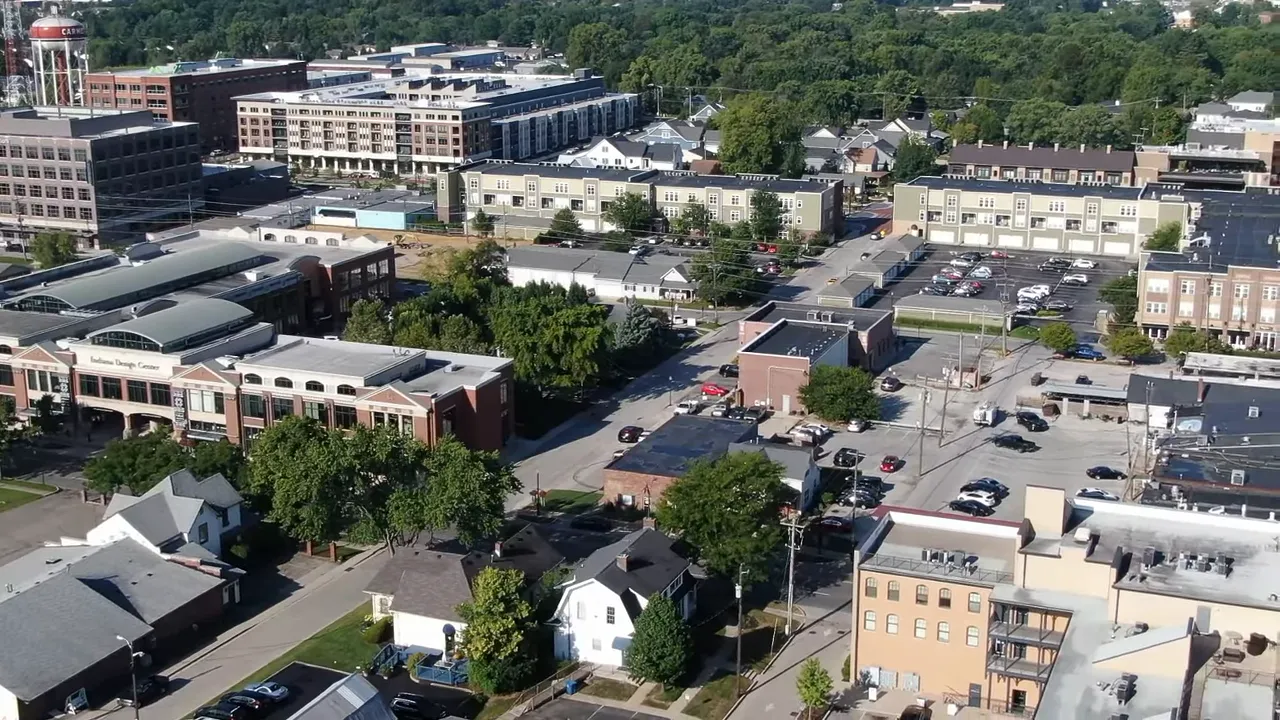
Buyers coming from Houston or Atlanta frequently cite different reasons: they want to escape long, sprawling commutes and hotter summers. Moving to Indianapolis, IN offers a more temperate climate and a smaller footprint for many households, along with access to quality suburban school districts they find attractive.
Overall, while only about 0.59% of buyers in and around Indianapolis are relocating from a different metro according to recent tracking data, nationally 29% of buyers look across metro lines when house hunting. That means even a relatively small percentage of movers from other metros still helps shape demand and preferences in Indianapolis neighborhoods.
Where buyers are moving to
When people decide they’re moving to Indianapolis, IN, their choice of neighborhoods depends on lifestyle first, price second. Let’s break down the neighborhoods where most buyers land and why.
Carmel and Zionsville — Prestige and schools
Carmel and Zionsville are the expected top picks. If you value top-ranked public schools, a family-friendly atmosphere, and vibrant downtowns, these are the places to consider when moving to Indianapolis, IN. Median home sale prices in Carmel are around $547,000, while Zionsville is closer to $696,000 and has seen steep year-over-year gains in certain periods (Zionsville rose around 20% year-over-year in recent data).
Buyers in these towns tend to be higher-income families, corporate executives, or retirees downsizing into more manageable homes. The trade-off is straightforward: your money doesn’t stretch as far, inventory is limited, and competition can be fierce. If you're moving to Indianapolis, IN with top-tier schools top of mind, be prepared to compromise on some home features to secure a spot in these districts.
VIEW HOMES FOR SALE IN CARMEL, IN
Fishers and Noblesville — Growing families and parks
Fishers (median ~ $432,000) and Noblesville (~ $375,000) give buyers moving to Indianapolis, IN an attractive middle ground: strong schools, family-focused amenities, and more affordability than Carmel or Zionsville. These suburbs are prime for dual-income households and move-up buyers. The park systems in Fishers and Noblesville are frequently cited by families as a key selling point — more green space, trails, and organized youth sports.
These areas are still expanding, which means new construction, occasional congestion, and HOAs in many neighborhoods. But if you’re moving to Indianapolis, IN and want modern conveniences, ample parks, and a family orientation without the highest price tag, these towns are high on the shortlist.
VIEW HOMES FOR SALE IN FISHERS, IN
Westfield and Whitestown — New construction and master-planned living
Westfield (median around $501,000) and Whitestown (~ $357,000) are where developers and builders concentrate new neighborhoods. If your priority when moving to Indianapolis, IN is a turnkey new build — open floor plans, energy-efficient features, smart-home tech, and community amenities — these locations deliver. Grand Park in Westfield is a major draw for families involved in youth sports; master-planned communities with pools, courts, and trails are common.
New construction often means HOA fees and rules, and while commute times can be slightly longer for jobs in downtown Indianapolis, many buyers moving to Indianapolis, IN accept the extra drive for brand-new homes and community amenities.
VIEW HOMES FOR SALE IN WESTFIELD, IN
Brownsburg and Avon — Affordability with suburban perks
Brownsburg (~ $333,000) and Avon (~ $369,000) in Hendricks County appeal to budget-conscious families moving to Indianapolis, IN who still want good schools and suburban conveniences. These towns are close enough to downtown Indy for commutes along I-74 or I-70, depending on your route. The trade-offs often include congestion during peak hours and a slightly lower status compared to Carmel or Zionsville, but the value proposition remains solid.
VIEW HOMES FOR SALE IN BROWNSBURG, IN
Greenwood — South-side affordability and retail access
On the south side, Greenwood (median ~ $313,000 and rising) is a strong choice for first-time buyers and families who value affordability and retail convenience. Big-box stores, restaurants, and easy access to I-65 make Greenwood sensible for commuters to downtown Indianapolis or employers along the south corridor.
If you’re moving to Indianapolis, IN and your job is on the north side, note that Greenwood's commute across town can be more challenging during peak hours. But for many, the trade-off of more house for the money is worth it.
VIEW HOMES FOR SALE IN GREENWOOD, IN
Fountain Square, Broad Ripple, Meridian-Kessler — Walkable, cultural neighborhoods
If walkability and culture are your top priorities when moving to Indianapolis, IN, neighborhoods like Fountain Square, Broad Ripple, and Meridian-Kessler are top contenders. Fountain Square’s median price sits around $375,000 and has seen strong appreciation in recent years. You can step out to breweries, live music, coffee shops, galleries, and restaurants — the vibe here is creative, lively, and densified.
Broad Ripple and Meridian-Kessler also offer a pedestrian-oriented lifestyle, though homes tend to be older and may require renovation. For buyers moving to Indianapolis, IN who prioritize being close to the action over yard size or new construction, these urban neighborhoods often hold long-term value.
VIEW HOMES FOR SALE IN AVON, IN
What buyers are really looking for
Understanding where buyers go when moving to Indianapolis, IN is only half the picture. The other half is why they choose those places. From my conversations with hundreds of clients, five consistent priorities emerge: schools, walkability, commute balance, new construction/turnkey homes, and affordability/value.
VIEW HOMES FOR SALE IN WHITESTOWN, IN
Top-rated schools
For families, school district quality often outranks everything else. Carmel, Zionsville, Avon, Brownsburg, Westfield, and Hamilton Southeastern school systems consistently rank among the top in the state. Many buyers moving to Indianapolis, IN will stretch their budget to live inside a particular district, even if that means smaller square footage or trading off yard size.
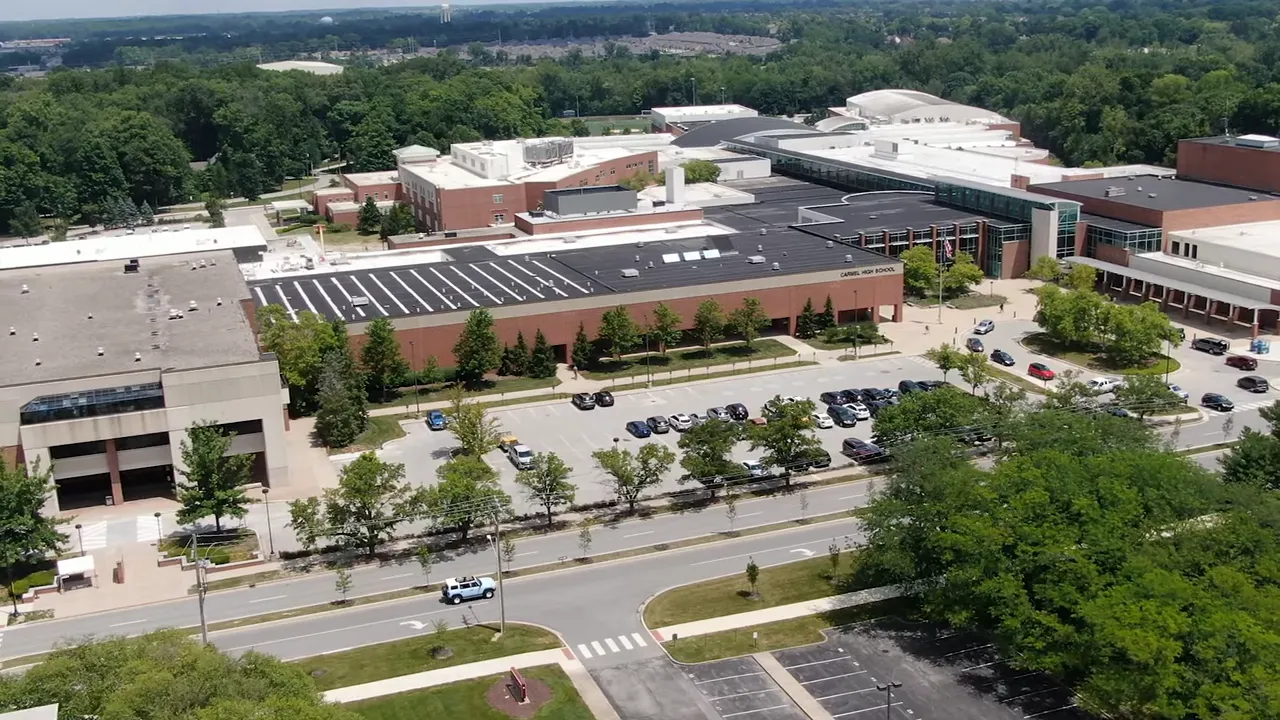
Walkability and lifestyle
Walkability is increasingly important, especially for young professionals and empty-nesters who want to get out on foot. Fountain Square, Broad Ripple, Meridian-Kessler, Bates-Hendricks, and pockets of downtown deliver a real 15-minute city feel where restaurants, coffee shops, and entertainment are within a short walk or bike ride. For anyone moving to Indianapolis, IN craving a walkable lifestyle, these neighborhoods are rare and valuable.
Balance of commute and space
Many buyers moving to Indianapolis, IN are searching for the sweet spot: reasonable commute times paired with more indoor and outdoor space. Brownsburg, Greenwood, Westfield, and Franklin often meet that need. If you’re moving to Indianapolis, IN and want more yard and newer construction without a brutal drive, aim for towns within a comfortable 20–35 minute commute range.
New construction and turnkey convenience
Buyers who want a modern, maintenance-light home frequently choose newer suburbs where builders create neighborhoods with consistent standards, energy-efficiency, and smart-home features. If you’re moving to Indianapolis, IN and want to avoid older-home maintenance, Westfield, Whitestown, McCordsville, Brownsburg, and Greenfield are top areas for newer builds.
Affordability and value
Affordability is relative. For families moving to Indianapolis, IN from coastal metros, nearly any neighborhood in the Indy area looks like value compared to home prices on the coasts. The citywide median sale price in Indianapolis often hovers around $255,000, which is well below the national median. That gap explains why people from Los Angeles, New York, Seattle, and San Diego often view moving to Indianapolis, IN as a major lifestyle upgrade financially.
VIEW HOMES FOR SALE IN NOBLESVILLE, IN
Pain points & challenges
It’s not all roses, and any honest conversation about moving to Indianapolis, IN must include the common pain points buyers face. Expect tight inventory, occasional sticker shock when it comes to certain neighborhoods, commute trade-offs, limited car-free options, and the stress of out-of-state buying.
Inventory is tight
Currently, the market around Indianapolis can feel fast-moving. With roughly 1.7 months of inventory, a home’s window on the market can be short. In a balanced market, 4–6 months is typical; being well below that means desirable, turnkey homes in coveted neighborhoods often receive multiple offers and sell quickly. If you’re moving to Indianapolis, IN, prepare to act decisively or to work with an agent who can position you competitively.
Surprises about price
Indianapolis has a reputation for affordability, but buyers often tell me they’re surprised at how much certain pockets cost. Carmel, Zionsville, and Meridian-Kessler can approach or exceed national medians, which can be a shock to local residents and newcomers alike. If you’re moving to Indianapolis, IN expecting the entire city to be cheap, you’ll need to refine your expectations: location matters more than ever.
Commute trade-offs and congestion
As the metro grows, so does traffic. I-65, I-69, and parts of I-465 can be sticky during rush hours, and longer commutes become a reality if you choose outlying suburbs. If you’re moving to Indianapolis, IN and plan to commute, evaluate routes and timing carefully — a five- or ten-minute difference in distance can translate into a much longer drive time during peak hours.
Car dependence
Indianapolis is still largely a car-centric city. True car-free living is possible only in a few neighborhoods. If you’re moving to Indianapolis, IN from a place like Washington DC where walking and transit are viable daily options, plan on more driving here unless you specifically choose one of the walkable urban neighborhoods.
Out-of-state and virtual buying stress
Many of my clients relocate from other states or even other countries. We’ve done full remote buying cycles — virtual tours, e-signatures, and remote closings — but it still creates pressure. If you’re moving to Indianapolis, IN sight-unseen, make sure you have trusted local representation, clear priorities, and a plan for quick decisions. It’s doable, but it’s not stress-free.
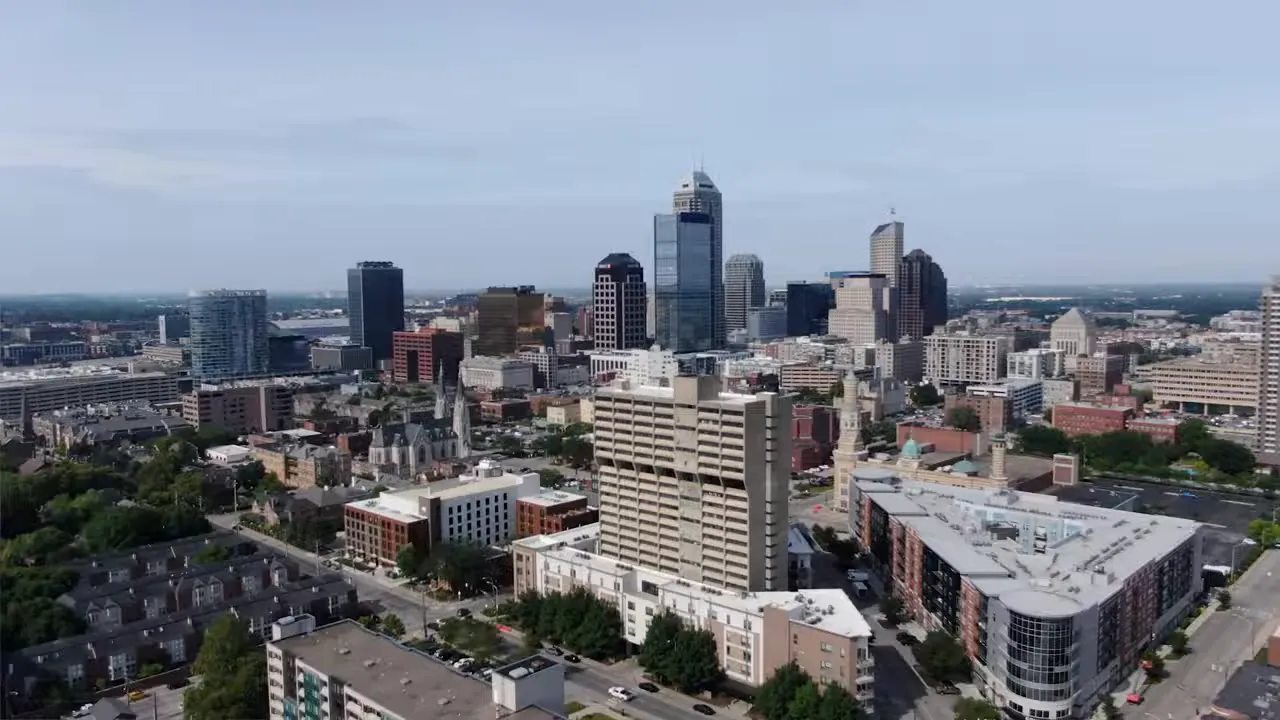
VIEW HOMES FOR SALE IN ZIONSVILLE, IN
How to approach your move to Indianapolis, IN (practical checklist)
If you’re seriously moving to Indianapolis, IN, here’s a practical sequence to help you avoid wasted time and energy and to get you matched with neighborhoods that fit your lifestyle and budget.
- Clarify your top 3 priorities: Schools, commute, walkability, new construction, or affordability. Rank them and be realistic about compromises.
- Identify 3 target neighborhoods: Choose one aspirational, one realistic, and one fallback. This makes decisions easier when inventory moves quickly.
- Map commute routes: Drive your likely commute at the time you’ll travel it or review traffic data to judge real-world impact.
- Check school boundaries: If schools matter, verify current boundaries and understand transfer policy and nearby alternatives.
- Budget for competition: Have pre-approval in place and know your top offer price and concessions you’re willing to make.
- Use local experts: Work with me , a local agent who knows micro-markets, builders, and HOA norms — it saves time and money.
Conclusion: Lifestyle over square footage
Ultimately, when people are moving to Indianapolis, IN, they are chasing a lifestyle more than raw square footage. Some buyers want prestigious school districts and manicured downtowns. Others want walkable urban life with coffee shops and nightlife. Many want more yard and new construction without a coast-sized mortgage. Indianapolis offers all of these options — but every choice comes with trade-offs.
Location, neighborhood culture, and long-term lifestyle fit should drive your decision more than a house’s individual features. A well-chosen location will energize you daily; the house itself can be updated and personalized over time.
If you’re moving to Indianapolis, IN and want help narrowing down neighborhoods, decoding market data, or arranging virtual tours, reach out. My team specializes in relocation-first guidance and we help clients make faster, smarter choices with less stress. Whether you’re moving to Indianapolis, IN from across town or across the country, there’s a neighborhood here that can match your life — you just need to find the right trade-offs and make the plan.
FAQs on Where Indianapolis Homebuyers are Moving FROM and To
What are the most common cities people move from when relocating to Indianapolis, IN?
Buyers relocating to Indianapolis, IN commonly come from metros such as Lafayette (IN), Washington DC, Houston, Los Angeles, San Francisco, New York City, Seattle, Atlanta, Reno, and San Diego. Motivations vary, with many coastal movers seeking affordability and a Midwest lifestyle.
Which Indianapolis suburbs should I consider if schools are my top priority?
If top-rated public schools are essential, consider Carmel, Zionsville, Westfield, Fishers, Noblesville, Avon, and Hamilton Southeastern. These districts consistently rank highly in the state and attract buyers moving to Indianapolis, IN who prioritize education.
Where can I find walkable neighborhoods in Indianapolis if I want to minimize driving?
Look at Fountain Square, Broad Ripple, Meridian-Kessler, Bates-Hendricks, and parts of downtown (around Mass Ave and Georgia Street). These areas offer true walkable lifestyles, though Indianapolis as a whole remains car-centric.
Is new construction common in Indianapolis, IN and where is it concentrated?
Yes — new construction is common on the metro edges, especially in Westfield, Whitestown, McCordsville, Brownsburg, and Greenfield. Buyers moving to Indianapolis, IN who want turnkey homes and modern features often target these areas.
How competitive is the market if I’m moving to Indianapolis, IN?
The market can be fast-paced with limited inventory (recently around 1.7 months). Desirable turnkey homes in high-demand neighborhoods may receive multiple offers, so being pre-approved and working with a knowledgeable agent helps.
Can I buy a home in Indianapolis remotely if I’m moving from out of state?
Yes. Many out-of-state buyers close remotely using virtual tours, digital documents, and remote closings. While it’s common to feel pressure or unease buying sight-unseen, local expertise and clear priorities make it manageable.
Is Indianapolis, IN affordable compared to national median home prices?
Generally yes. The citywide median sale price in Indianapolis often sits well below the national median, making it attractive to buyers from high-cost metros. However, specific neighborhoods like Carmel and Zionsville can be much higher, so affordability depends on location.
What’s the best way to choose the right neighborhood when moving to Indianapolis, IN?
Start by ranking your priorities (schools, commute, walkability, new construction, affordability). Pick three target neighborhoods — aspirational, realistic, and backup — and evaluate commutes, school boundaries, and real inventory with a local agent to avoid wasting time on mismatched homes.
If you’re ready to explore neighborhoods or want neighborhood-by-neighborhood comparisons tailored to your lifestyle while moving to Indianapolis, IN, reach out to me at 317-932-8620 and we’ll help you get it right.
jason compton
A former teacher turned full-time real estate agent serving Greater Indianapolis. I help buyers, sellers, and relocation clients make informed moves—especially those coming from out of state. From neighborhood insights to home tours, my goal is to simplify the process and help you feel confident in every step.
Stay Informed
Insights, Tips & Life in Indianapolis
Your go-to resource for all things real estate and Indy living. Whether you're buying, selling, relocating, or just curious about the local market, our blog is packed with helpful articles, expert advice, and community highlights to keep you informed and inspired.
